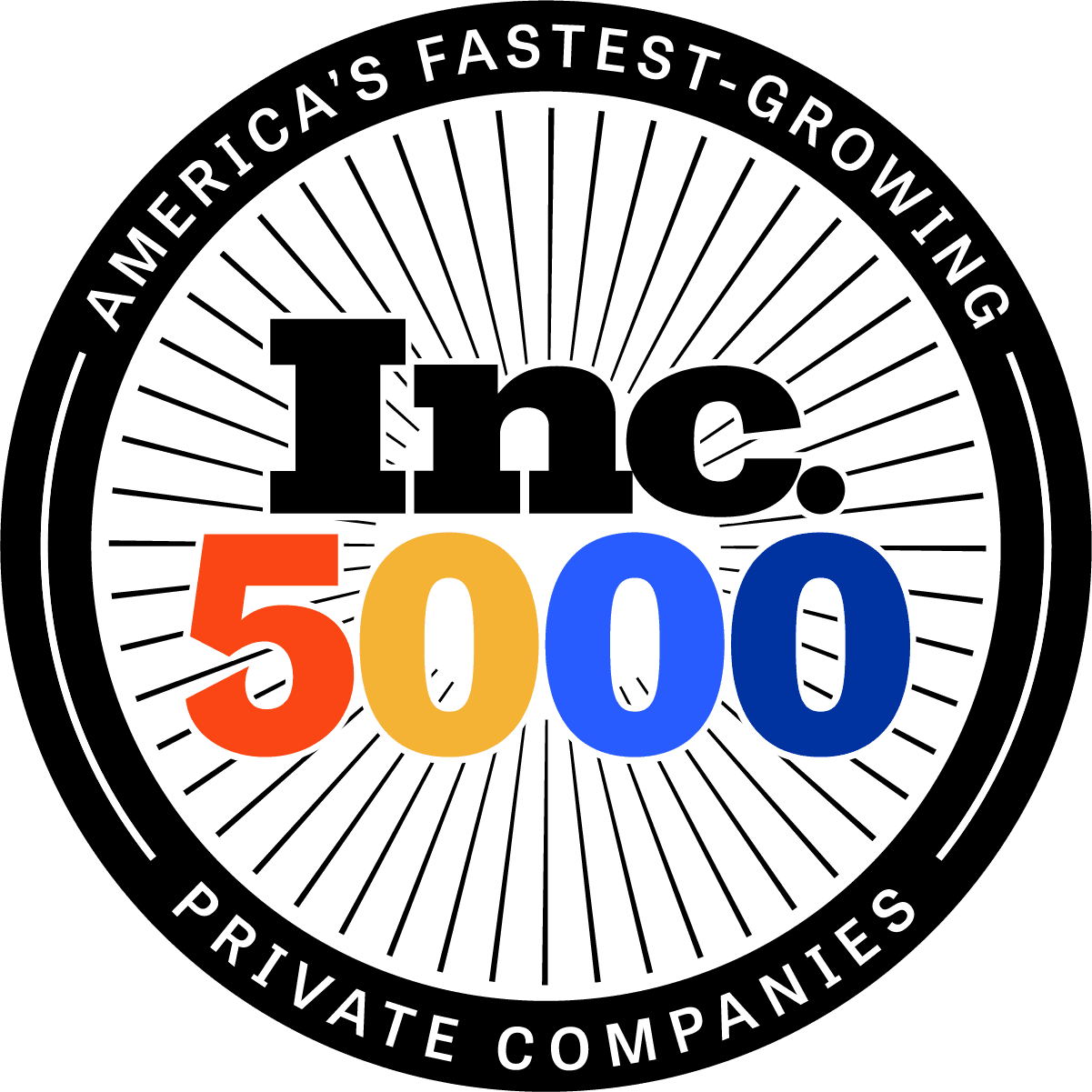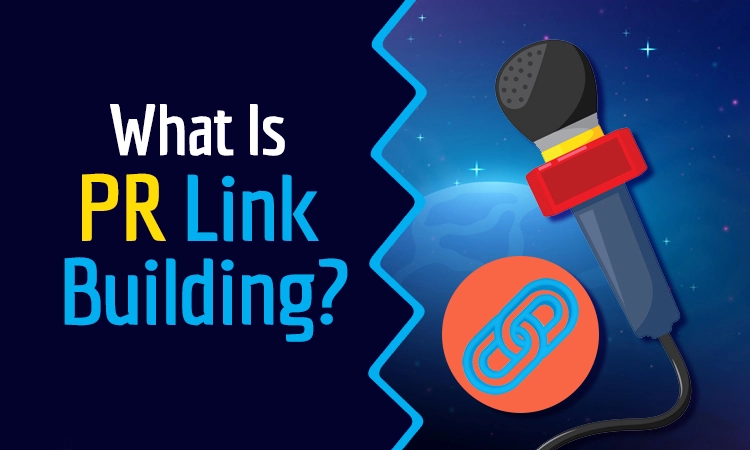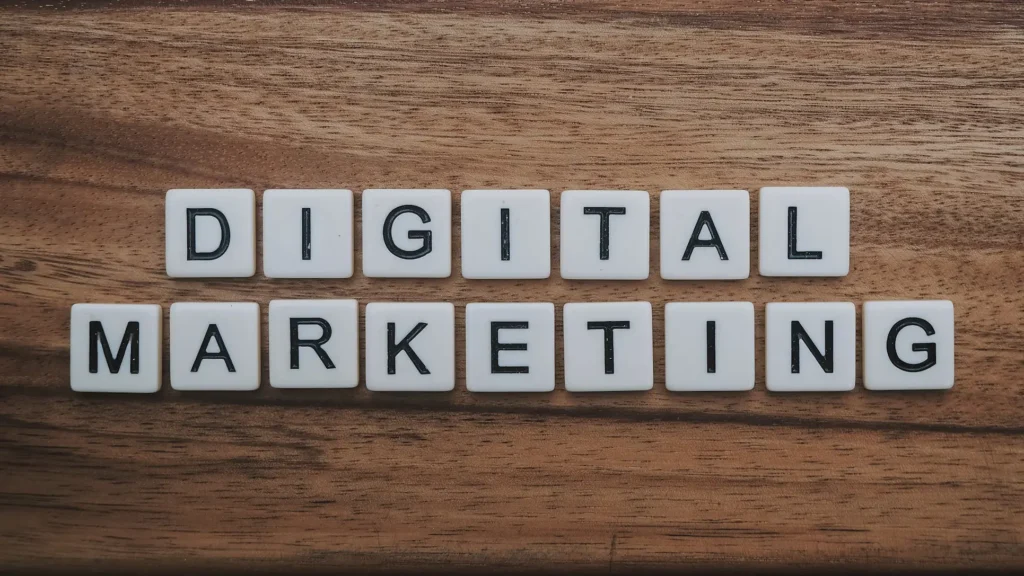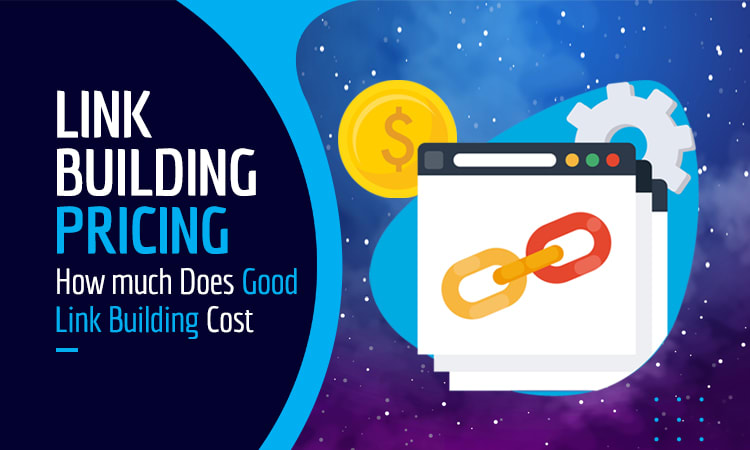SEO is often seen as highly technical and data-driven, but link building relies heavily on interpersonal skills.
Building relationships with journalists, bloggers, and website owners is essential for earning valuable links. This is where PR (or public relations) can play an important role in enhancing your link-building strategy.
PR link building involves using public relations tactics, such as press releases and media pitches, to secure valuable editorial backlinks from popular, highly visible news and media outlets.
Integrating these PR methods into your SEO strategy can significantly boost your backlink profile and overall digital PR strategy.
If you’re still wondering, “What is PR link building?” read on to uncover all the details of this important SEO strategy, or get in touch with our link-building experts to explore how we can help you leverage PR, Brand mentions, and more.
Why is PR Link Building Important?
[source]
As search engines become smarter, our strategies for ranking well must evolve too.
Digital PR link-building is a key strategy for navigating changes to modern search engine algorithms. Rather than just collecting links, a digital PR strategy aims to secure high-quality links from reputable sources.
It’s not about quantity—it’s about the value each link provides. Search engines like Google strive to deliver the best possible results to users, so ensuring your backlink profile is full of high-quality links is key.
Enhances Website’s SEO Performance
PR link building can help you acquire high-quality backlinks that serve as endorsements of your brand, boosting the credibility and relevance of your content in search engines’ eyes. High-quality backlinks significantly boost your organic search rankings, increase website traffic, and enhance online visibility.
For example, when a reputable industry website links to your page, it signals to search engines that your content is valuable and trustworthy, leading to higher rankings and greater exposure.
High-quality backlinks can also drive referral traffic, attracting potential customers from various online sources.
Increases Brand Visibility and Credibility
PR link-building plays a big role in building brand authority and credibility. A practical way to achieve this is by creating high-quality, informative content relevant to your target audience. This way, other reputable publications in your industry will be motivated to link to your content.
For instance, if you have a home decor blog, publishing articles on DIY projects, home improvement tips, and home maintenance can help establish your site as a valuable industry resource. The more people share and link to your content, the more robust your backlink profile and domain authority become.
How Does PR Link Building Work?
PR link building involves gaining backlinks to your website through public relations strategies like pitching and networking.
First, you will need to create valuable content. Then, you will need to pitch that content to popular media outlets, social media influencers, or industry connections. If your connections are willing to share your content on their platforms, this makes for a strong digital PR link-building strategy that can increase your domain authority and boost organic traffic to your website and social media pages.
Google favors high-quality links to popular, authoritative platforms and can significantly boost your SEO ranking.
Here’s a more detailed look at how digital PR link-building works:
Creating Compelling Content for Media Attention
Content is how online businesses and platforms communicate with their audiences—and it’s also the core of PR link building.
When your content is engaging and captivating, other sites will want to share it. This is where PR links come into play.
When focusing on PR link building, prioritize creating content that’s straightforward, relevant, and easy to understand. Think about your ideal audience or viewer, and tailor your content to them. By doing this, authoritative platforms with a similar target audience will be motivated to share your content, creating a natural PR campaign for your business.
Here are some basic tips for creating compelling content:
- Use clear, concise language that everyone can understand.
- Ensure your content provides value to the reader or viewer.
- Make sure your audience members walk away with something new and worthwhile after engaging with your content.
Building Relationships with Journalists and Influencers
[source]
While SEO may be shifting towards a paid media model, link building and PR still heavily rely on industry relationships. As a content creator, you will want to focus on networking with journalists, bloggers, influencers, and managing editors at reputable publications in your niche.
Building these relationships takes time and effort, but it’s worth it if your goals are digital PR link-building and increased organic traffic. Instead of one-off collaborations, focus on building lasting relationships to ensure growth and mutual support over time.
Before reaching out to influencers in your industry, identify who best aligns with your brand’s values and goals. Every influencer and blogger has a unique voice and audience, so finding the right match is important.
To amplify your PR link-building efforts by building relationships with journalists and influencers, try some of these approaches:
- Connect with relevant media managers, content managers, and social media content creators via LinkedIn.
- Reach out to influencers directly through their social media pages.
- Connect with journalists and bloggers via email by pitching your idea for collaboration.
Key Components of Successful PR Link Building
An effective link-building strategy involves understanding your audience, identifying relevant publishers, creating compelling content, and growing your reach.
Here are the elements you will want to focus on when building a successful PR link-building campaign:
High-Quality, Newsworthy Content
Major media outlets and large online platforms look for high-quality, unique, and compelling content. To be effective with your PR link building, focus on creating content that’s valuable, informative, and shareable. Your content should connect with your target audience and be useful to other websites.
Depending on your niche and industry, your content may take the form of press releases, data-driven reports, articles, infographics, guest blog posts, or social media posts.
Targeted Media Outreach List
Another method for securing high-quality links is pitching newsworthy stories or expert insights to journalists and editors at relevant media outlets.
One way to do this is to position yourself as an SME (subject matter expert) who can contribute industry insights to relevant articles.
You can also pitch article ideas to relevant news outlets and use those opportunities to link to your own website.
Consistent Engagement with Media Contacts
Once you’ve established connections with media contacts who are interested in your content, it’s vital to maintain good relationships with them.
Keeping in touch with media professionals regularly and nurturing these relationships over time is key.
Show your support by sharing and engaging with their content or collaborating on marketing efforts to keep the relationship and links active. Maintain a schedule for regular follow-ups and engagement with your link providers.
Challenges in PR Link Building
[source]
Despite thorough planning, you will inevitably encounter obstacles in your digital PR link building journey. But knowing how to identify and overcome these obstacles will save you from getting stuck.
Finding Relevant Media Contacts
When you’re just starting, it can be tough to secure links from respected, high-authority sites because you might not have many media contacts. Overcoming this hurdle is probably the first big challenge you’ll face—but once you do, the rest becomes much smoother.
There are a few strategies to help you find and connect with media contacts in your brand’s niche, such as building relationships with writers and editors at targeted sites. Engage with their content, leave thoughtful comments on articles, and offer valuable insights when relevant. These efforts can go a long way in establishing connections and opening doors for PR link-building campaigns.
Creating Standout Content
In today’s crowded media world, there’s no shortage of unique and engaging content. Standing out can be tough, especially when your brand isn’t widely recognized yet.
The key is to focus on creating high-quality, unique content that adds something new to the conversation. Make it valuable, engaging, and tailored to resonate with your audience.
This could mean crafting thought-provoking articles, eye-catching infographics, or interactive content. Quality content not only attracts natural backlinks but also boosts your brand’s credibility and authority.
Measuring PR Link Building Success
It’s essential to carefully track the impact of your PR link-building to understand the return on investment and discover areas for improvement.
Increase in Referral Traffic
Referral traffic from media sites is an indicator of successful PR link-building. Use tools like Google Analytics to monitor changes in overall website traffic, how deeply visitors engage with your content, and how long they stay on your site after clicking a link. These metrics can give you a sense of how well your content resonates with your audience. If traffic from certain referrals isn’t as high as expected, make a plan for improving until you reach your desired results.
Additionally, keep track of how many new links you’re acquiring each week. Setting goals for how quickly you want to gain new placements can help you gauge your progress and evaluate the strength of your relationships with publishers. An increasing rate of link acquisition indicates positive momentum and growing success in your PR efforts.
Improvement in Search Engine Rankings
Improved search rankings are a good indicator of the effectiveness of your acquired backlinks. Keep an eye on any increases in your search engine rankings, especially for keywords related to the high-authority sites linking to you.
Tracking your progress toward achieving first-page rankings can help you gauge the effectiveness of your efforts. Based on the fluctuations you see in your rankings, you can pivot your strategy as needed.
Growth in Brand Mentions
Utilizing brand mentions is a great strategy for building links to your business—and if they grow over time, that’s a great sign.
One effective method for identifying both old and new brand mentions is Google Alerts. Setting up alerts for your brand name and its variations lets you easily track mentions from external sources.
These alerts can be customized based on factors like frequency (daily or weekly), sources (news, blogs, or websites), language, region, and more.
Differences Between PR and Traditional Link Building
[source]
So, what sets these two methods apart? While both ultimately aim for the same goal, there are some notable differences between the two techniques.
PR Focuses on High-Quality, Authoritative Links
A digital PR campaign shares the same end goal as traditional link building: acquiring links.
However, digital PR focuses on securing links from top-tier national and international news sites like Business Insider and the Daily Mail, which usually have higher domain authority than traditional link-building targets.
These sites are targeted because they offer significant SEO benefits. Links from these sites can drive more traffic to your website, boosting your brand’s exposure.
While this approach may not offer the same direct path as traditional link building, it can have a stronger impact on your site’s key metrics and rankings, boosting your brand’s awareness.
Traditional Link Building May Include a Wider Range of Links
Traditional link building involves a collaboration between link builders and professional keyword researchers to identify specific links and link sources that can help bolster a brand’s backlink profile.
This process can get quite technical, but it’s crucial for keeping your business at the forefront of advertising strategies.
In short, traditional link building aims to increase a website’s traffic. Link builders prioritize acquiring quality links by partnering with bloggers who help create relevant articles, high-quality infographics, and social media posts.
Tools and Resources for Effective PR Link Building
There are various tools and resources available to help you with your link-building campaigns. These tools can help you with backlink research, email outreach, performance monitoring, content distribution, and building meaningful industry relationships.
Media Database for Finding Contacts
Media databases and related tools are valuable resources for finding contacts and influencers, as well as for facilitating outreach. They are particularly useful for SEO agencies and marketers engaged in large-scale outreach campaigns.
These tools offer advanced search features to identify relevant international and national influencers, journalists, bloggers, and link-building opportunities. You can find details such as names, emails, phone numbers, social media handles, and content preferences for each contact in these databases.
With media databases, you can build targeted lists of contacts that match your website’s content and reach out to them with your pitches and ideas. Some popular media databases you can use include the following:
- Agility PR – For Accuracy
- Prowly – For Value
- Intelligent Relations – For Beginners
- Cision – For Journalist Databases
- MuckRack – For Big Businesses
- Meltwater – For International Use
- BuzzSumo – For Small Businesses
Analytics Tools for Tracking Success
The importance of analytics can’t be overstated, especially when measuring the impact of PR link building on traffic, rankings, and other metrics.
SEMrush is a popular tool among digital marketers. Its brand monitoring score is useful for assessing content channels and identifying new opportunities for content distribution. SEMrush reports offer valuable insights into competitor backlinks and customer activities.
Another favorite tool among SEO specialists is Ahrefs. Similar to Google Alerts, Ahrefs alerts help track brand mentions and keywords.
Future Trends in PR Link Building
In the past, accumulating lots of links to your website was considered the key to ranking well. But nowadays, the trick to successful link building has shifted from quantity to quality, and digital PR trends play a significant role in driving this change.
The popularity of PR link-building is likely to increase in the future, and here’s why:
Increasing Importance of Storytelling
In the world of content creation, storytelling is becoming increasingly essential. Crafting content that captivates both media contacts and audiences is key.
This type of content is designed to be engaging, informative, and valuable, encouraging readers to share it with their own networks. Audiences gravitate towards compelling stories that resonate with them—and engagement is what every content creator wants.
To achieve this, your content should speak to your target audience’s unique interests or solve their most annoying problems. The goal is to create content so compelling that people want to share it with their personal and professional networks.
When content resonates with users, it naturally garners more links and shares across various social platforms. This not only increases the page’s crawl budget but also drives higher organic traffic.
With the rise of AI, Google is placing greater emphasis on user-valued content—and people are drawn to genuine, meaningful stories. That’s why storytelling will continue to shape the future of content creation.
Greater Emphasis on Relationship-Building with Media
Nurturing strong relationships with media professionals is becoming increasingly important for long-term success in digital PR.
That’s because PR link building relies on public relations methods, such as media pitching, to acquire valuable editorial links pointing back to your website.
Central to this strategy is relationship building, which plays a crucial role in establishing trust, loyalty, and a positive reputation for your business.
Conclusion
The new age of PR is defined by PR link building. This shift emphasizes the importance of establishing and maintaining a strong digital presence by strategically linking relevant content across different websites.
PR link building is more than just inserting links—it’s about fostering genuine relationships, crafting compelling content, and prioritizing quality over quantity. Given all this, businesses should integrate PR tactics into their link-building efforts to maximize visibility and credibility.
By implementing the strategies and guidance outlined in this article, you can jumpstart your PR link-building efforts and boost your brand’s online presence to reach your long-term business goals.

















